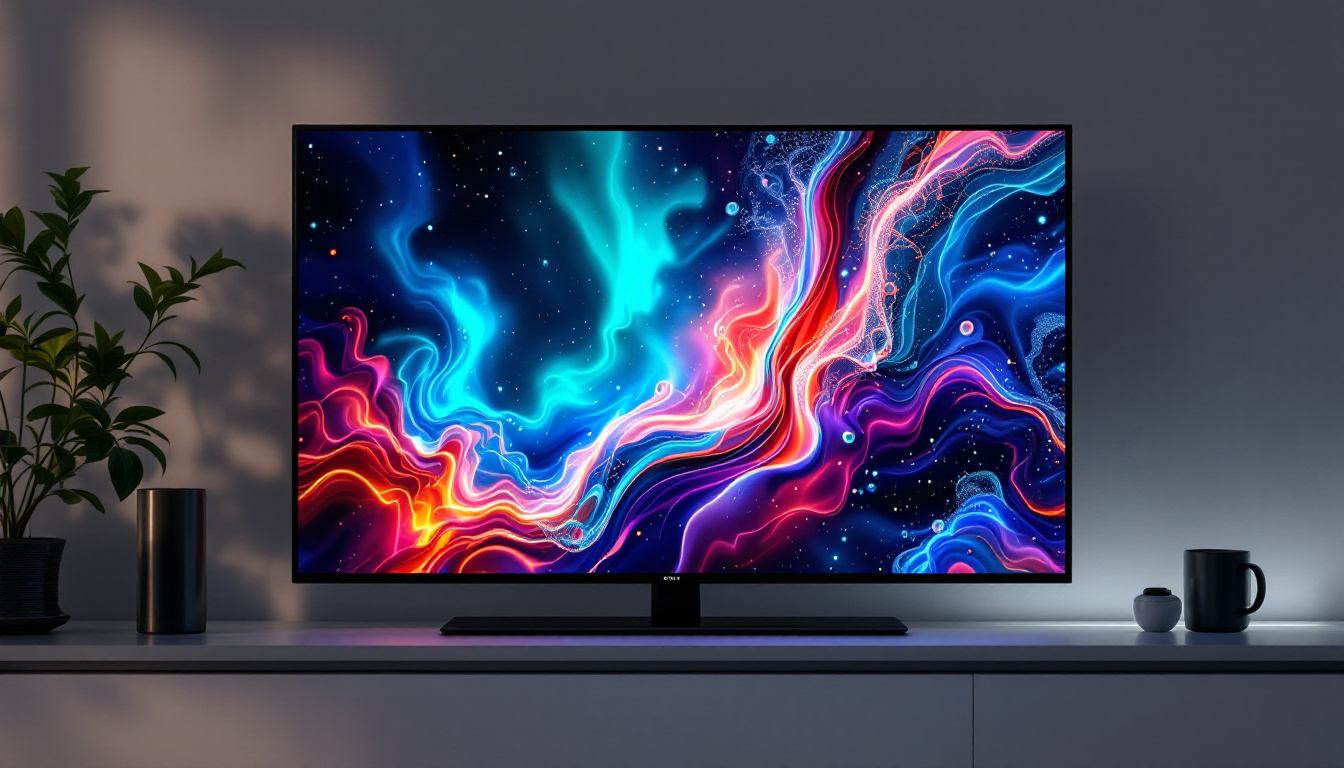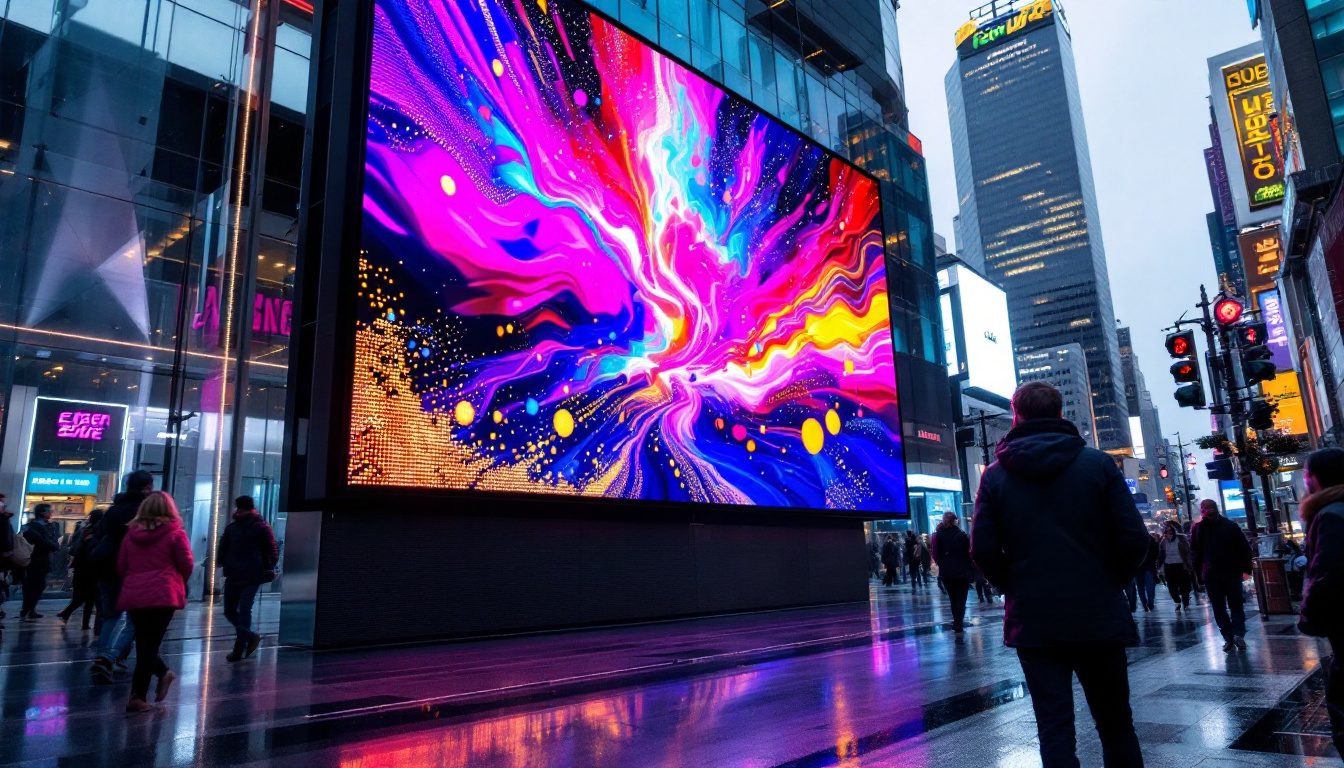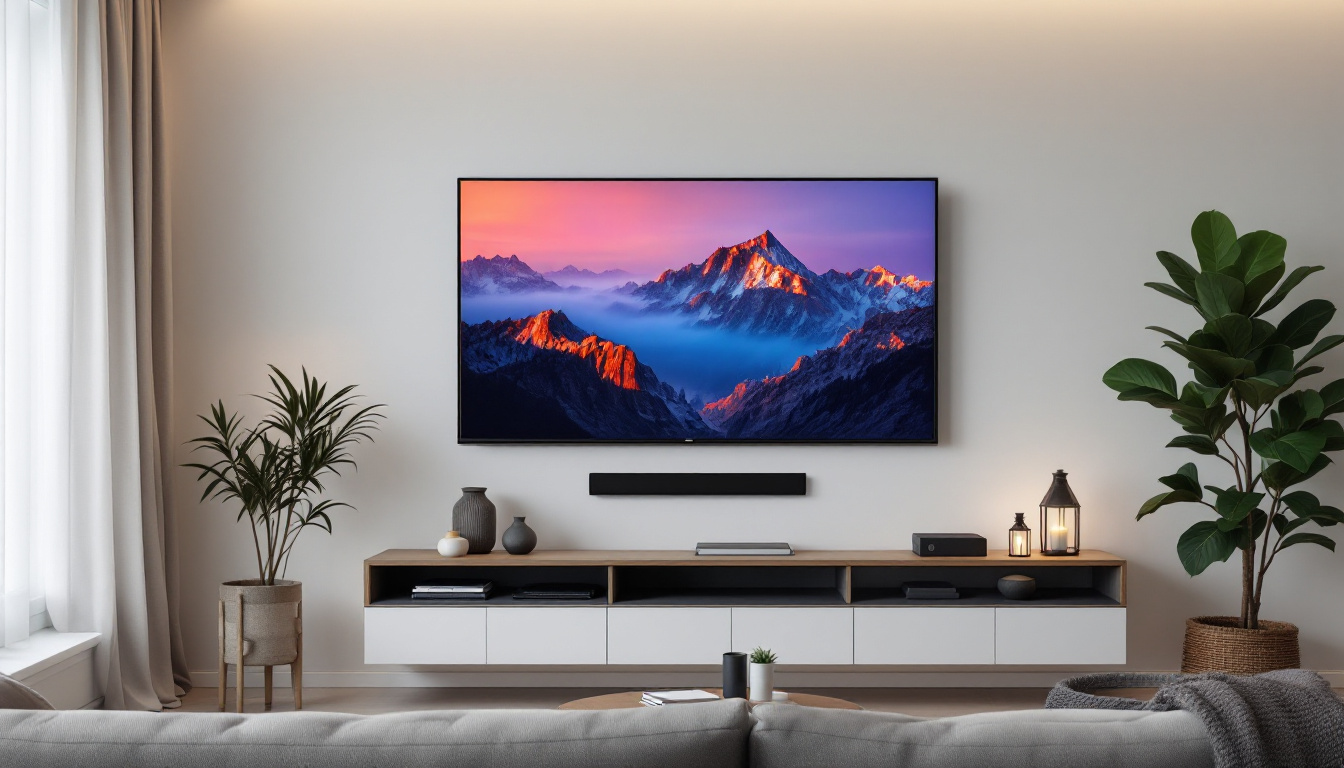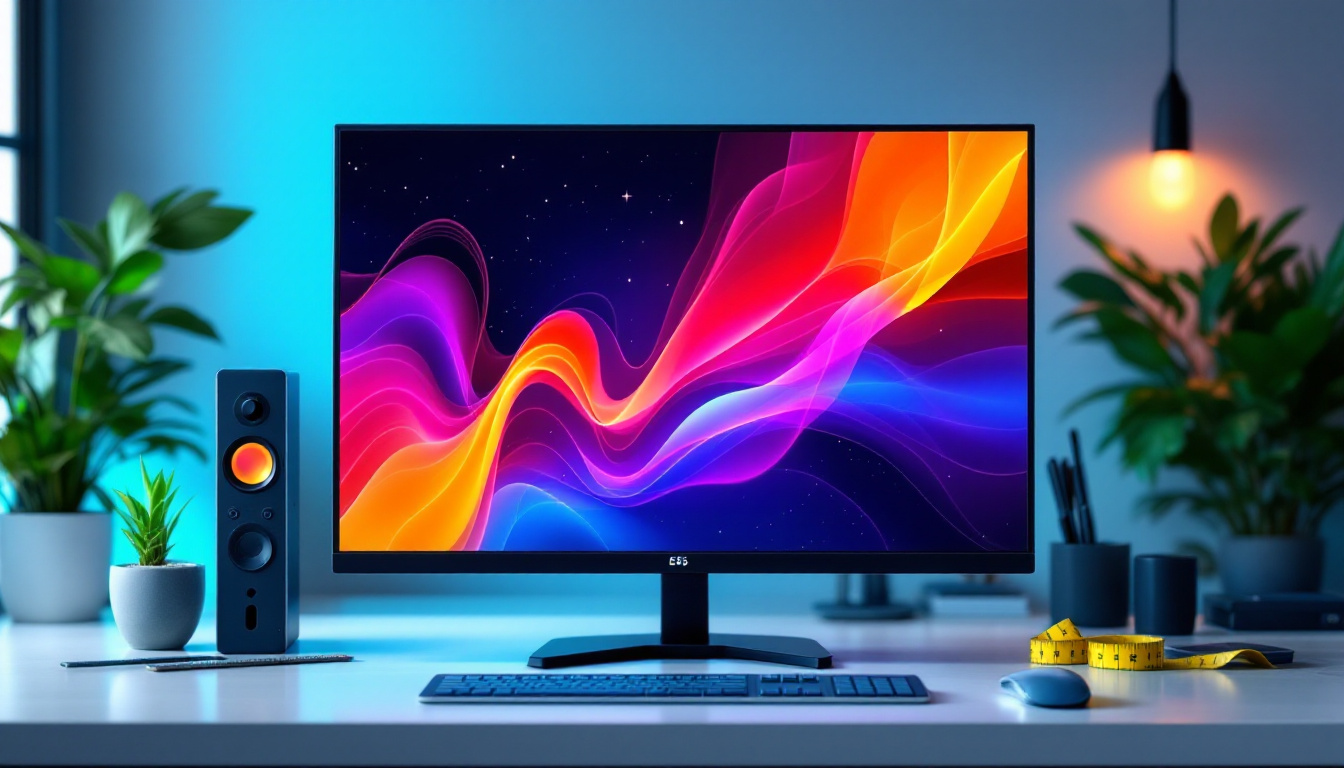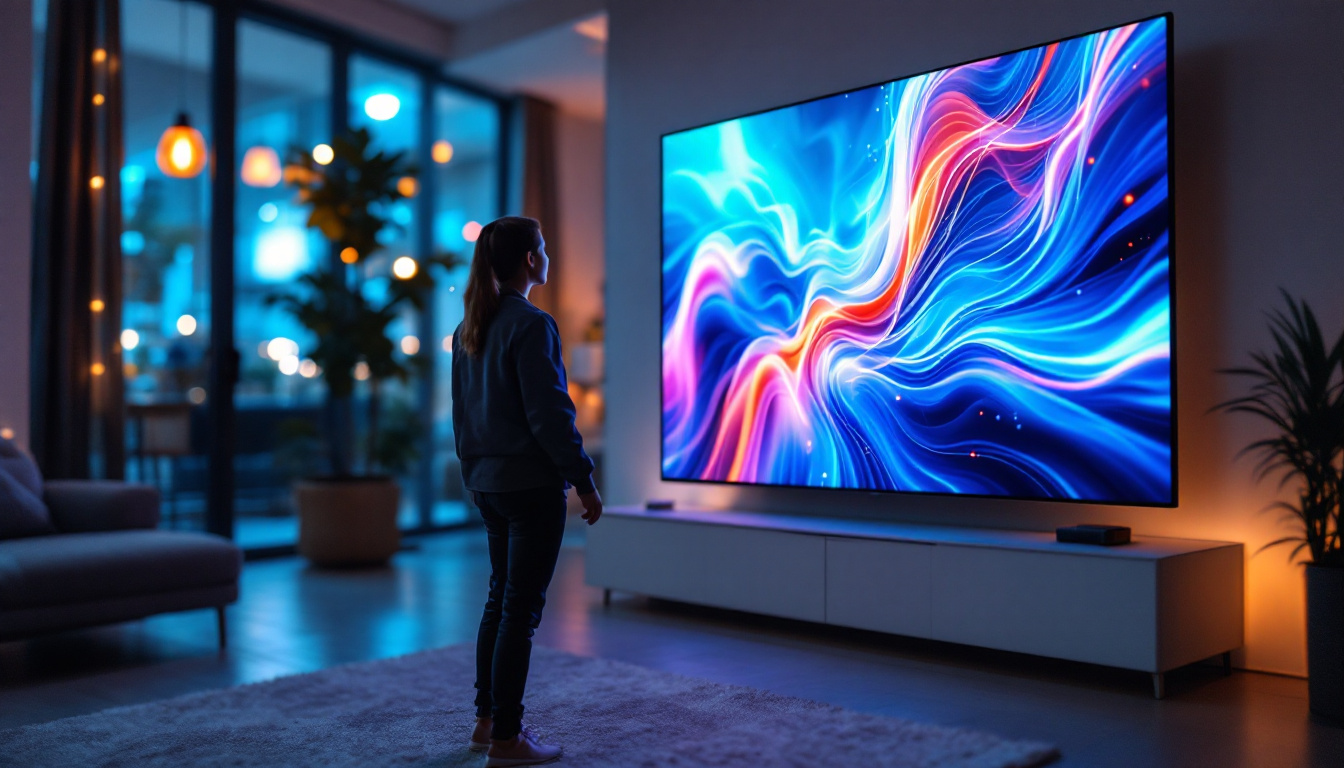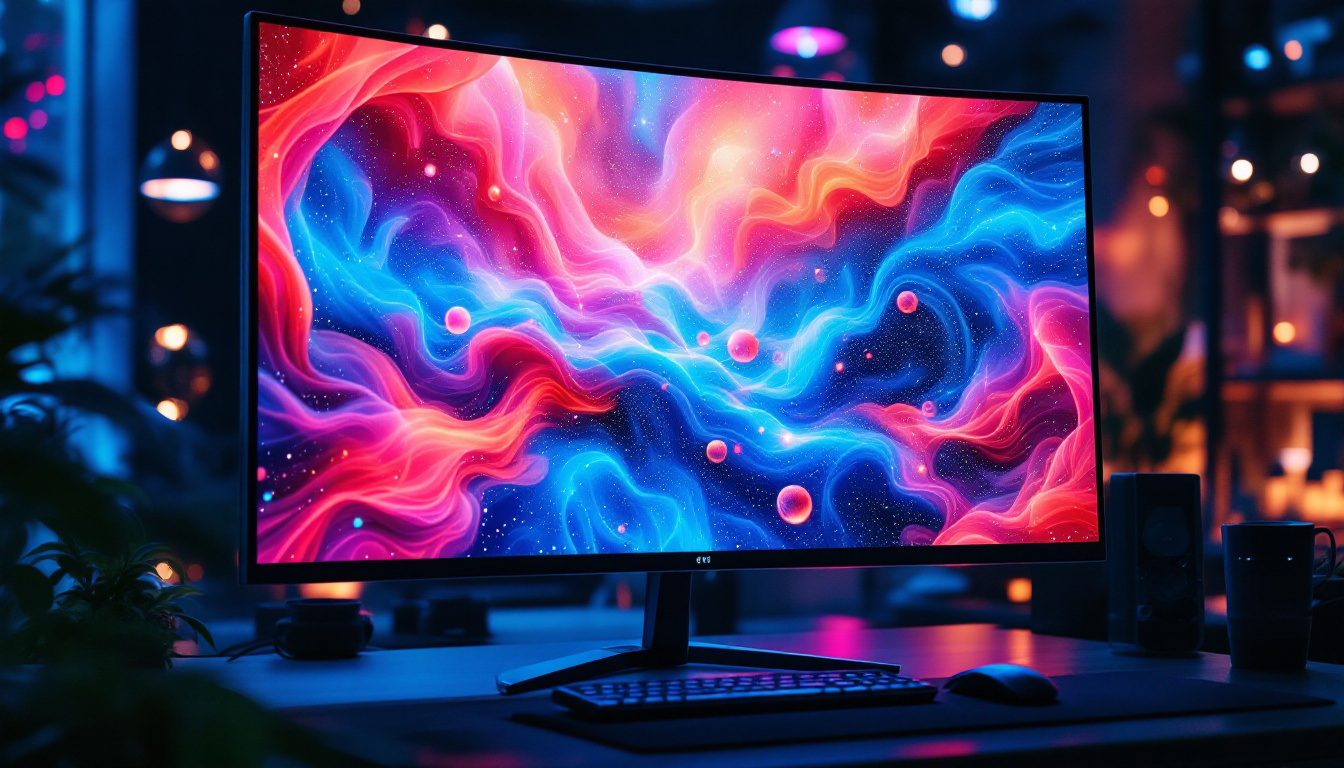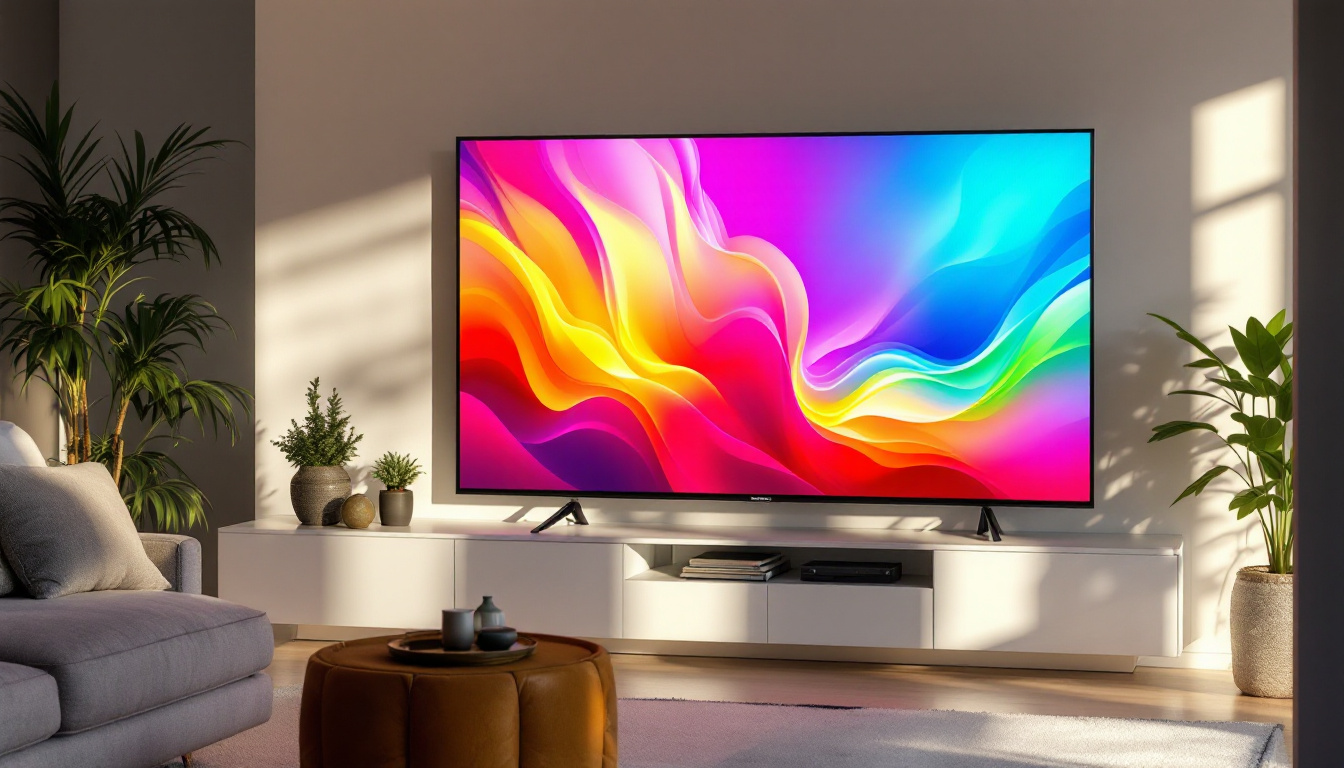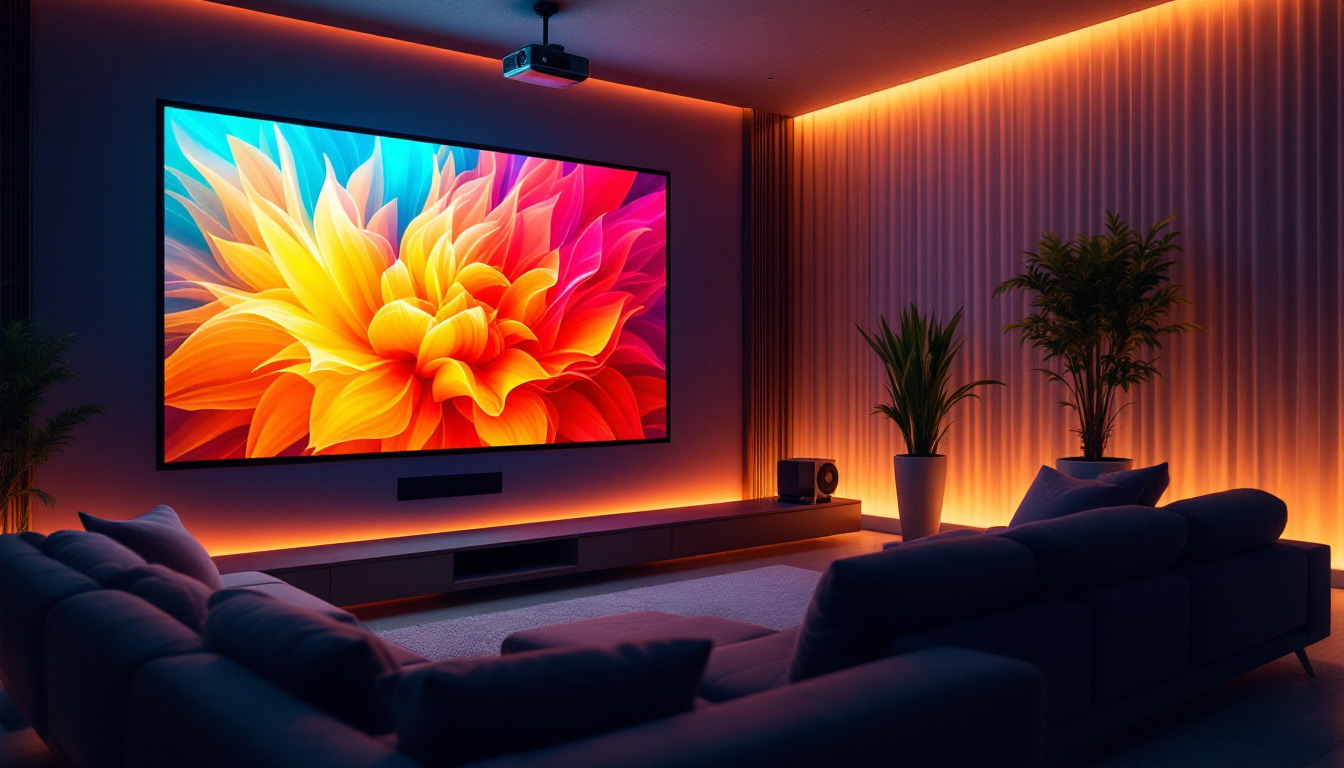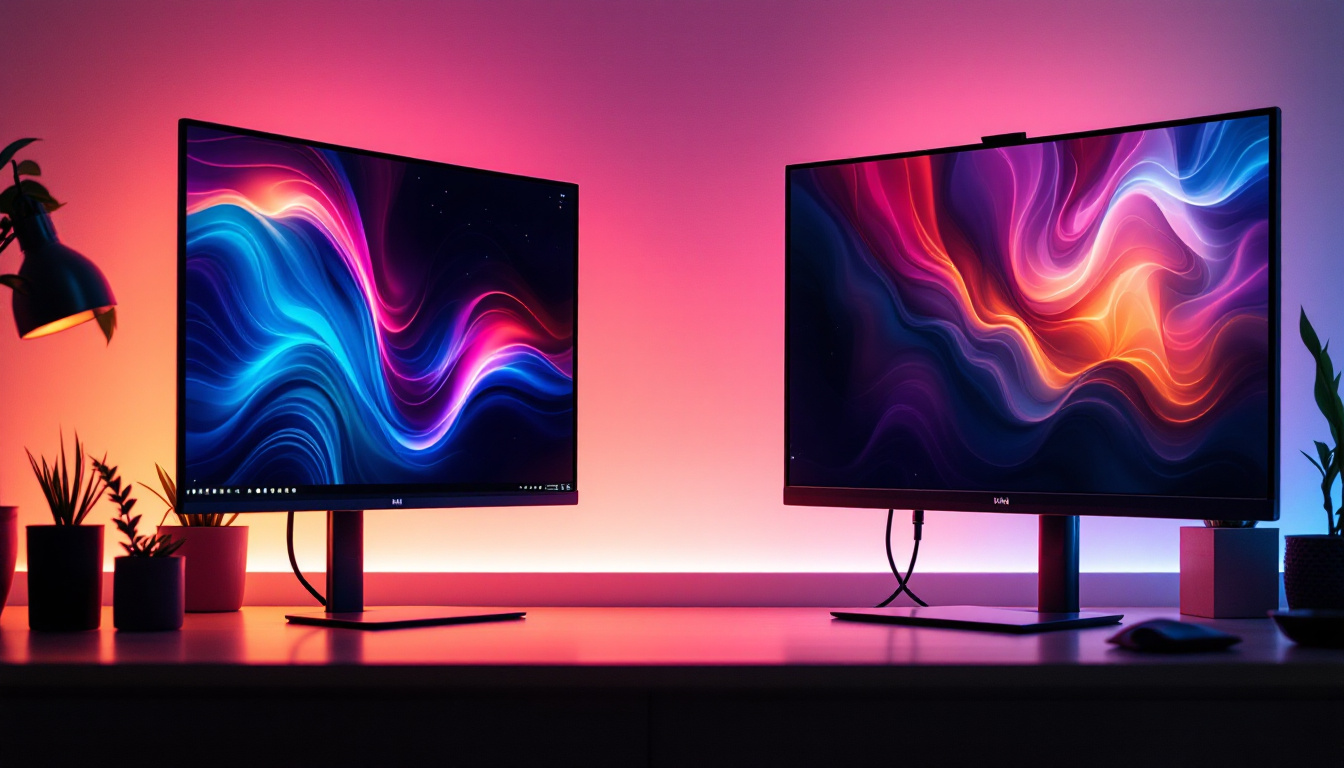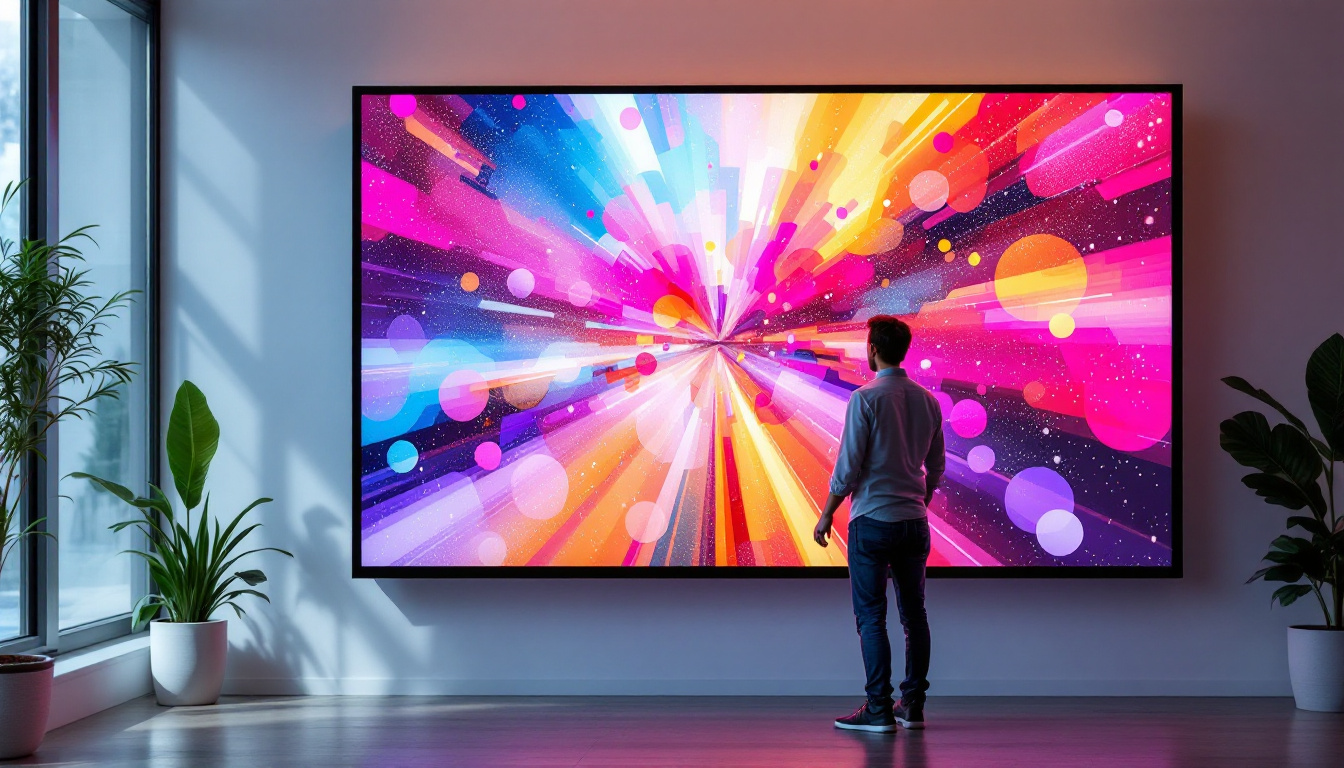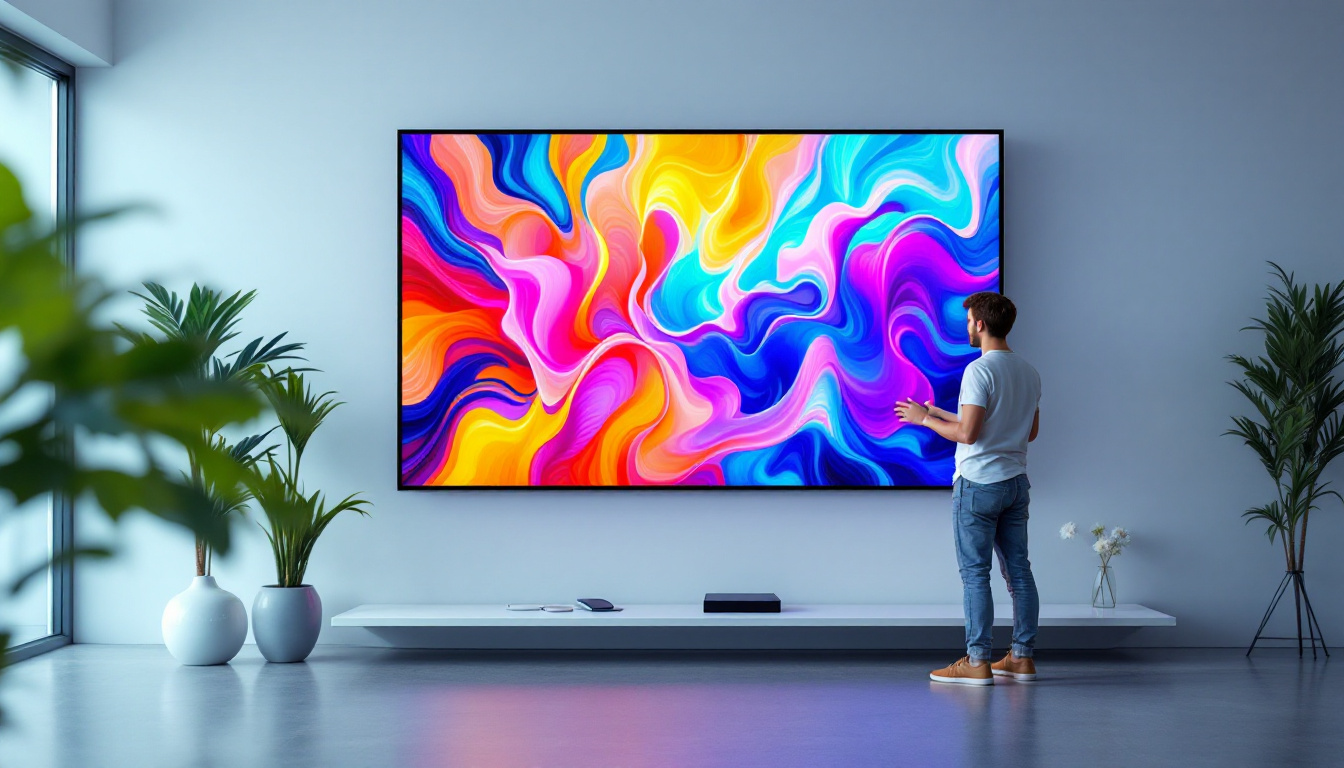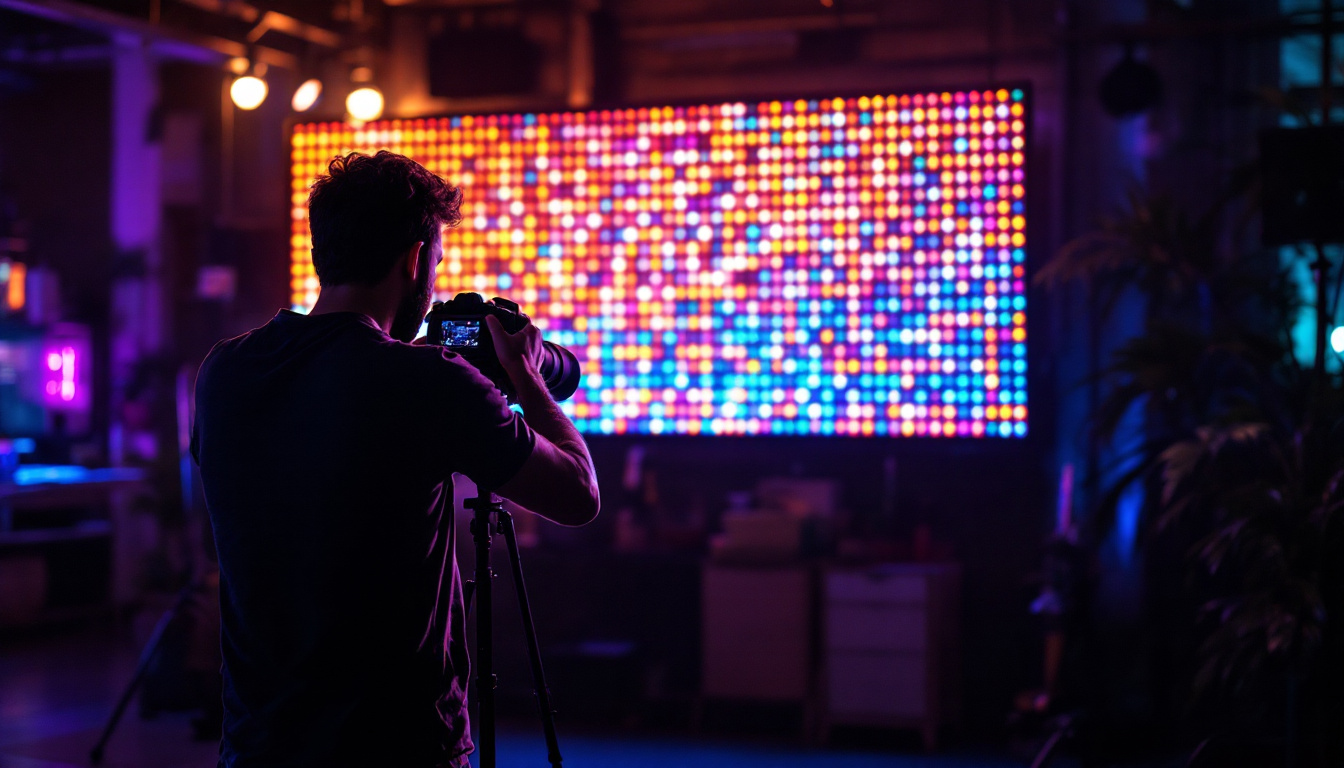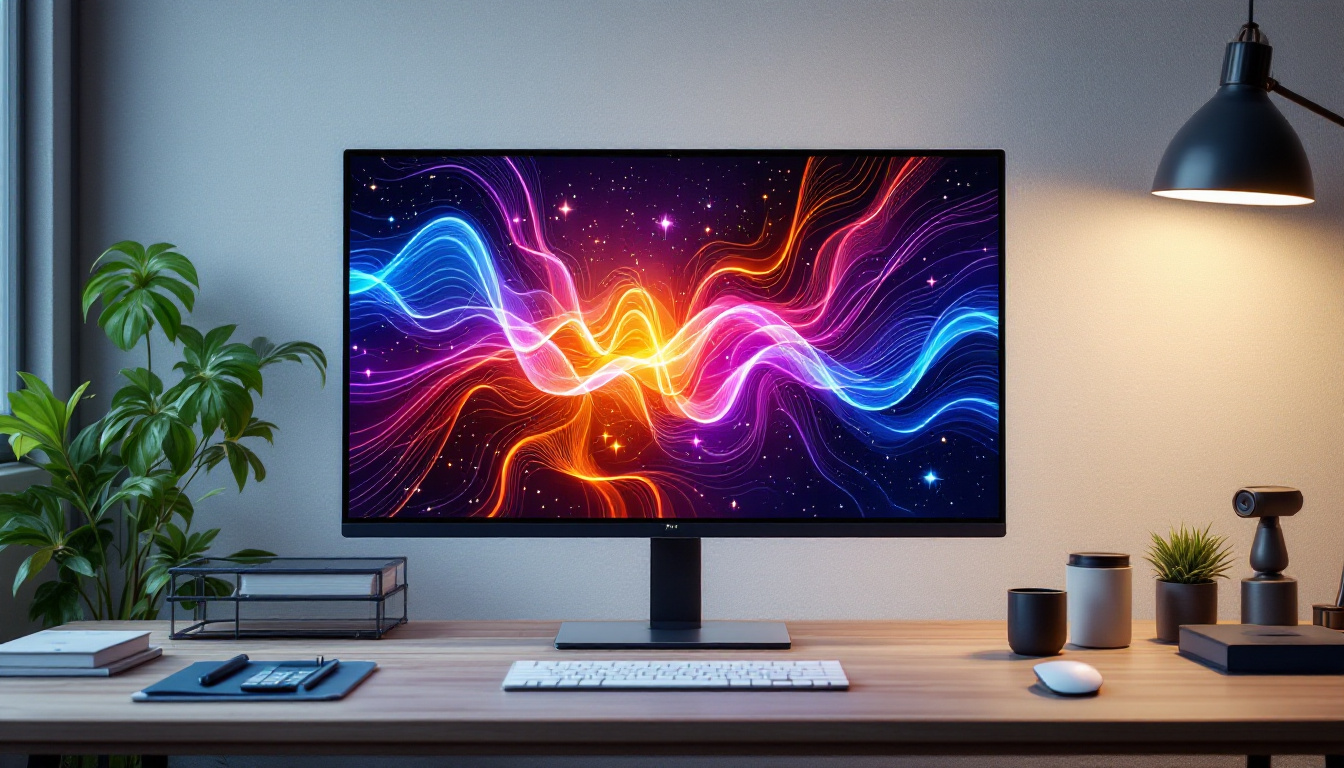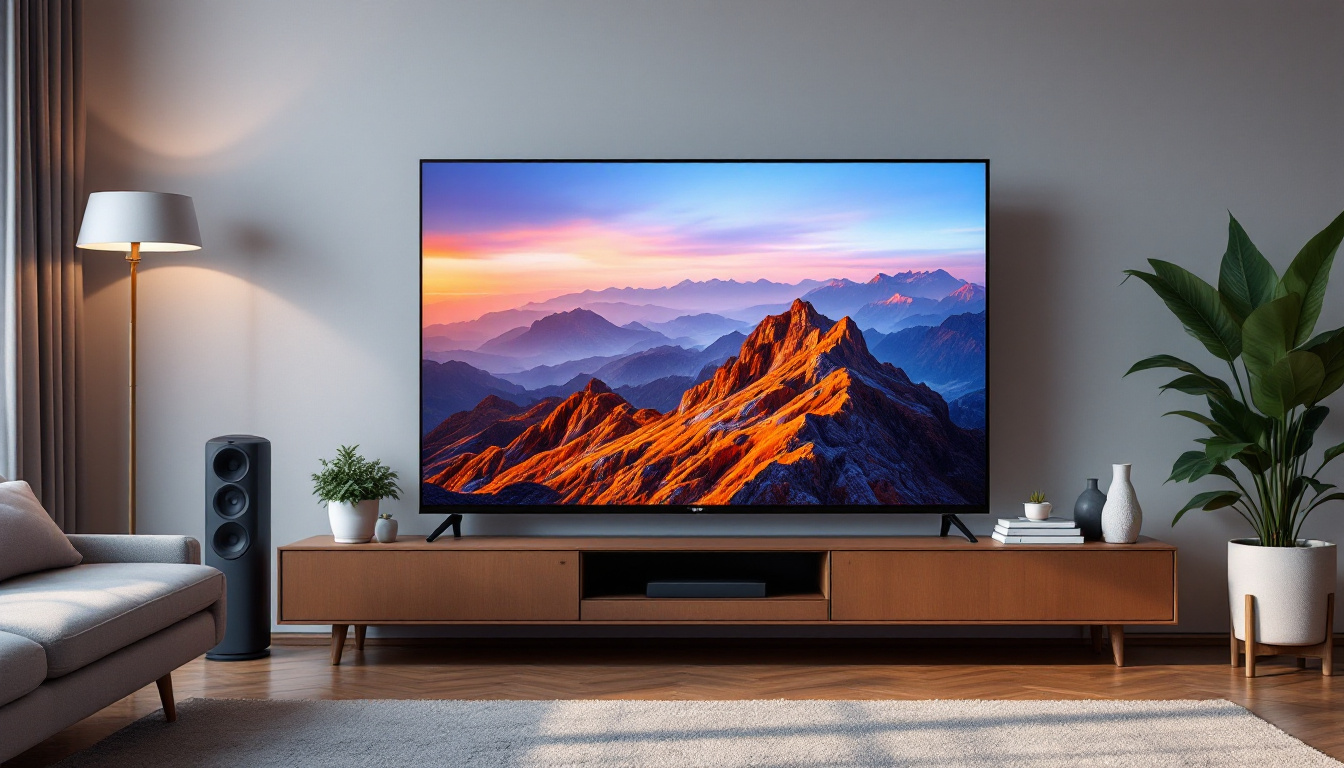In today’s digital age, touch screen computer monitors have become an integral part of our daily interactions with technology. These devices combine the functionality of traditional monitors with the intuitive nature of touch interfaces, allowing users to engage with their computers in a more dynamic way. This article delves into the intricacies of touch screen monitors, particularly focusing on LED display technology, its advantages, and its applications.
Understanding Touch Screen Technology
Touch screen technology has evolved significantly since its inception, moving from simple resistive screens to advanced capacitive displays. The fundamental principle behind touch screens is the ability to detect the presence and location of a touch within the display area. This capability transforms how users interact with their devices, making navigation and input more fluid and engaging.
Types of Touch Screen Technology
There are primarily two types of touch screen technologies: resistive and capacitive. Resistive touch screens consist of multiple layers that register touch through pressure applied to the screen. This type is often more affordable and can be used with gloves or styluses, making it suitable for various environments.
On the other hand, capacitive touch screens utilize the electrical properties of the human body to detect touch. These screens are generally more responsive and support multi-touch gestures, which are essential for modern applications. The choice between these technologies often depends on the intended use and budget considerations. For instance, resistive screens are frequently found in industrial settings where durability and cost-effectiveness are paramount, while capacitive screens dominate consumer electronics, offering a sleek interface that enhances user experience.
How Touch Screen Monitors Work
Touch screen monitors operate by using a combination of hardware and software to interpret user inputs. When a user touches the screen, sensors detect the touch location and relay this information to the computer. The operating system then processes the input, allowing for actions such as opening applications, scrolling through documents, or zooming in on images.
Modern touch screens often incorporate advanced technologies, such as optical sensors and infrared light, to enhance accuracy and responsiveness. These innovations have made touch screens not only more reliable but also more versatile, catering to a wide range of applications from gaming to professional design work. Furthermore, the integration of haptic feedback technology in some touch screens provides users with tactile responses, simulating the sensation of pressing physical buttons. This feature can significantly enhance user engagement, especially in gaming and interactive applications, where the feel of the interface can influence performance and enjoyment.
Additionally, the rise of touch screen technology has spurred significant advancements in user interface design. Developers are now creating applications that leverage the unique capabilities of touch screens, such as swipe gestures, pinch-to-zoom, and drag-and-drop functionalities. This shift has led to more intuitive and user-friendly experiences across various platforms, from smartphones and tablets to kiosks and interactive displays in public spaces. As touch screen technology continues to advance, we can expect even more innovative applications that further blur the lines between physical and digital interactions.
LED Display Technology
LED (Light Emitting Diode) display technology has revolutionized the way images and videos are presented on screens. Unlike traditional LCDs that use fluorescent backlighting, LED displays utilize numerous tiny diodes to produce light, resulting in brighter images and improved energy efficiency. This advancement has not only enhanced visual quality but has also paved the way for thinner and lighter screens, making them ideal for a variety of applications from smartphones to large outdoor billboards.
Benefits of LED Displays
One of the most significant advantages of LED displays is their superior color accuracy and contrast ratios. This technology allows for deeper blacks and brighter whites, providing a more immersive viewing experience. Additionally, LED displays consume less power compared to their LCD counterparts, making them an environmentally friendly choice. The energy efficiency of LED technology translates into lower electricity bills for consumers and businesses alike, contributing to a more sustainable future.
Furthermore, LED displays are known for their longevity. With a lifespan that can exceed 50,000 hours, users can expect their monitors to last significantly longer, reducing the need for frequent replacements. This durability is especially beneficial in commercial settings where monitors are used extensively. Moreover, the reduced maintenance costs associated with LED displays make them a financially sound investment for businesses looking to maximize their return on investment.
Applications of LED Touch Screen Monitors
LED touch screen monitors find applications across various industries, from education to retail and healthcare. In educational settings, interactive touch screens facilitate engaging learning experiences, allowing students to collaborate and interact with digital content seamlessly. These displays can be used to showcase multimedia presentations, conduct virtual experiments, and even host interactive quizzes, thereby enhancing student participation and retention of information.
In retail environments, touch screen monitors enhance customer engagement by providing interactive kiosks for product information, ordering, and payment processing. This not only improves the shopping experience but also streamlines operations for businesses. Retailers can utilize these displays to showcase promotions, provide personalized recommendations based on customer preferences, and gather valuable data on consumer behavior, which can inform future marketing strategies.
Healthcare facilities utilize touch screen monitors for patient management systems, allowing staff to access and update patient information quickly. The intuitive nature of touch screens reduces the learning curve for new employees, improving overall efficiency. Additionally, these monitors can be used for telemedicine consultations, enabling healthcare providers to connect with patients remotely, thus expanding access to care and improving patient outcomes. As technology continues to evolve, the integration of LED touch screen monitors in various sectors will likely expand, further enhancing functionality and user experience.
Choosing the Right Touch Screen Monitor
When selecting a touch screen monitor, several factors should be considered to ensure it meets specific needs and requirements. Understanding the intended use, required features, and budget constraints is crucial in making an informed decision.
Size and Resolution
The size and resolution of a touch screen monitor significantly impact the user experience. Larger screens with higher resolutions offer more screen real estate and sharper images, making them ideal for tasks that require detailed visuals, such as graphic design or video editing.
Conversely, smaller monitors may be more suitable for basic tasks like browsing the web or managing emails. It’s essential to assess the workspace and determine the optimal size that balances functionality with available space.
Touch Technology and Responsiveness
As mentioned earlier, the type of touch technology plays a pivotal role in the monitor’s performance. Capacitive touch screens are generally more responsive and support multi-touch gestures, which can enhance productivity in various applications.
Additionally, the responsiveness of the touch screen is critical. A monitor that registers touch inputs quickly and accurately can significantly improve user satisfaction, especially in fast-paced environments.
Connectivity Options
Connectivity is another vital consideration when choosing a touch screen monitor. Most modern monitors offer multiple connectivity options, including HDMI, DisplayPort, and USB-C. Ensuring compatibility with existing devices is crucial to avoid any disruptions in workflow.
Some monitors also come with built-in features such as Wi-Fi and Bluetooth, enabling wireless connectivity and reducing cable clutter. This can be particularly beneficial in environments where mobility and flexibility are essential.
Future Trends in Touch Screen Monitors
The future of touch screen monitors looks promising, with continuous advancements in technology paving the way for even more innovative features. As user demands evolve, manufacturers are exploring new ways to enhance the functionality and usability of touch screens.
Integration with Artificial Intelligence
One of the most exciting trends is the integration of artificial intelligence (AI) into touch screen monitors. AI can enhance user interactions by providing personalized experiences, predictive text, and improved gesture recognition. This technology can make touch screens more intuitive and user-friendly, catering to individual preferences and behaviors.
Moreover, AI-driven analytics can help businesses understand user interactions better, allowing for data-driven decisions regarding product placements and customer engagement strategies.
Advancements in Display Technology
As display technology continues to evolve, touch screen monitors are expected to benefit from improvements in resolution, refresh rates, and color accuracy. Emerging technologies such as OLED (Organic Light Emitting Diode) displays may offer even better performance, with deeper blacks and more vibrant colors.
These advancements will not only enhance the visual experience but also open up new possibilities for applications in fields such as virtual reality and augmented reality, where high-quality visuals are paramount.
Increased Focus on Sustainability
With growing awareness of environmental issues, manufacturers are increasingly focusing on sustainability in their production processes. Future touch screen monitors are likely to incorporate eco-friendly materials and energy-efficient technologies, reducing their carbon footprint.
Additionally, the trend towards modular designs may allow users to upgrade specific components of their monitors, extending their lifespan and reducing electronic waste. This shift towards sustainability will not only benefit the environment but also resonate with consumers who prioritize eco-conscious products.
Conclusion
Touch screen computer monitors equipped with LED display technology offer a unique blend of functionality and user engagement. As technology continues to advance, these monitors are becoming more versatile and integral to various industries. Understanding the nuances of touch screen technology, LED displays, and future trends can empower users to make informed decisions when selecting the right monitor for their needs.
Whether for personal use, education, or business applications, touch screen monitors are poised to enhance interactions with technology, making them an essential tool in the modern digital landscape.
Discover LumenMatrix’s Innovative LED Displays
Ready to experience the future of touch screen technology with unparalleled clarity and interactivity? LumenMatrix is at the forefront of LED display innovation, offering a wide array of solutions that cater to your unique needs. From captivating Indoor LED Wall Displays to dynamic Outdoor LED Wall Displays, and from versatile Vehicle LED Displays to sleek LED Poster Displays, our products are designed to revolutionize visual communication. Embrace the power of LED Sports Displays, interactive Floor LED Displays, and the customization possibilities of Custom LED Displays. With our All-in-One and Transparent LED Display options, LumenMatrix is committed to enhancing your brand’s visibility and creating immersive visual experiences. Don’t miss out on the opportunity to transform your digital interactions—Check out LumenMatrix LED Display Solutions today and step into a world of vivid color and engagement.


